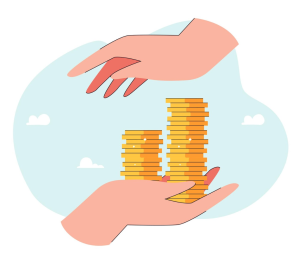A recent study conducted by TotallyMoney has shed light on the alarming amount of money consumers spend on bank overdraft interest annually, revealing a staggering figure of £1.4 billion. The research found that one in five current account holders, equating to approximately 9.7 million people, are consistently overdrawn, with an average overdraft balance of £697. With most high street banks charging between 35% to 39.94% APR for overdrafts, these financial facilities have emerged as an expensive means of borrowing.
The study highlighted that on any given day, nearly 19% of individuals find themselves £697 overdrawn, incurring significant interest charges. For instance, considering a typical APR of 39.9%, a customer with an average overdraft balance would shell out £278 in overdraft interest annually. Similarly, individuals spending an average of 20 days with a £1,000 overdraft would incur interest charges amounting to £262.3.
Bank of England data has revealed a steady increase in the effective overdraft rate, soaring by 2.07% from 20.85% to 22.92%. Alastair Douglas, CEO of TotallyMoney, emphasized the importance of treating overdrafts as credit products, urging consumers to exercise responsible borrowing and explore more affordable alternatives. He emphasized that while overdrafts might appear inconspicuous, they carry substantial financial implications, especially with some high street banks charging nearly 40% interest.
Andrew Hagger, a Personal Finance Expert at Moneycomms.co.uk, echoed similar sentiments, labeling overdrafts as an expensive form of borrowing, particularly for extended durations. He advocated for the use of credit cards as a smarter and more cost-effective means of managing cash flow, especially when clearing the statement balance in full each month.
The study also unveiled the varying authorised rates charged by different banks, ranging from 35% to 39.94%. With the financial burden of overdraft interest weighing heavily on consumers, there is a pressing need for greater awareness and informed decision-making to mitigate unnecessary expenditure and pave the way towards financial well-being.






